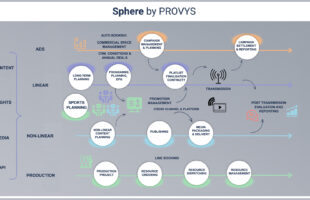

To a large degree, paying rights fees is an exercise in extreme speculation. In a recent example, CBS and Turner decided to pay US$8.8 billion for March Madness rights that extend through 2032. By that time, the combined effects of cord cutting, a la carte, over-the-top, mobile, and other concepts we can barely conceive of (virtual reality?) will mean that the way television is broadcast, consumed, and paid for will be radically different. Agreeing to pay US$1.1 billion annually – a 40 percent increase on what the rights used to cost—18 years out is a tremendously speculative bet on the idea that Live sports will continue to generate vast amounts of revenue.
For most sports organisations, the sale of broadcasting and media rights is now the biggest source of revenue, generating the funds needed to finance major sporting events, refurbish stadiums, and contribute to the development of sport at grassroots level. The royalties that broadcasters earn from selling their exclusive footage to other media outlets enable them to invest in the costly organisational and technical infrastructure involved in broadcasting sports events to millions of fans all over the world. Check out Sports content: the evolution, cost and popularity on page 8.
Hence, advertising, sponsorship etc, still remain the core method for monetising TV content. According to ZenithOptimedia’s prediction, expenditure on traditional TV ads will grow to US$226.5 billion worldwide in 2016 from US$205.5 billion last year. Online-video ads and video formats will represent nearly 43 percent of total advertising.
The media agency also forecasts that global internet advertising alone will overtake newspaper ad revenue for the first time this year. The internet will then overtake global newspaper and magazine revenues combined in 2016, when it will return US$132.4 billion in ad revenues. Social media and online video ads are the ‘fastest growing’ sub-categories. Such finding confirms we are entering a new age of TV advertising. This was evident at Viral Fest Asia forum, earlier this year where digital content was discussed at length by creators and TV and Internet senior executive. Check the interviews – The next generation of Asian digital content on page 20.








